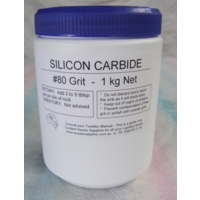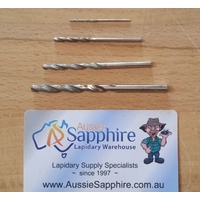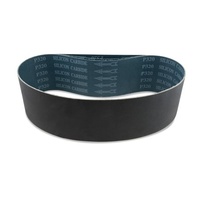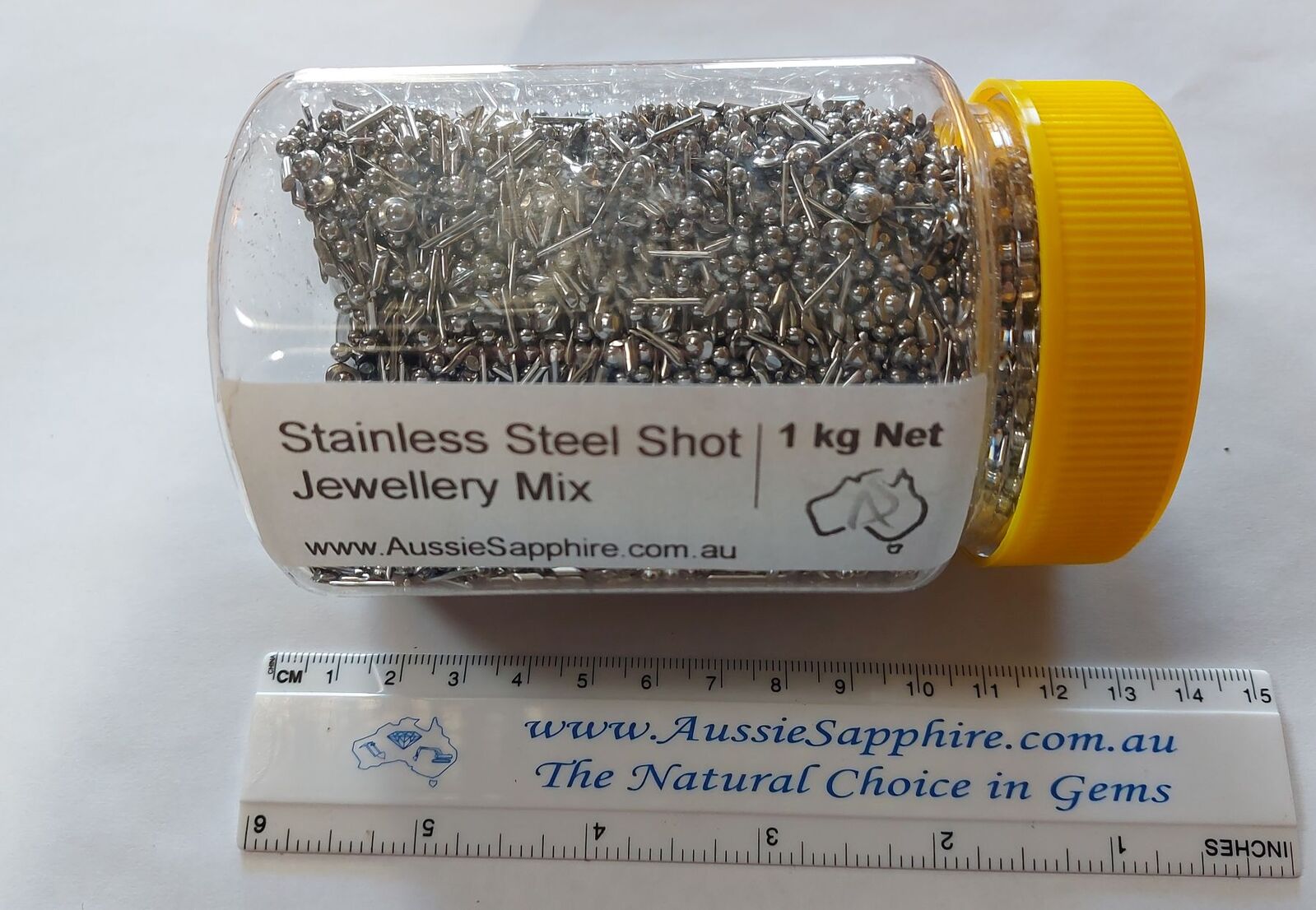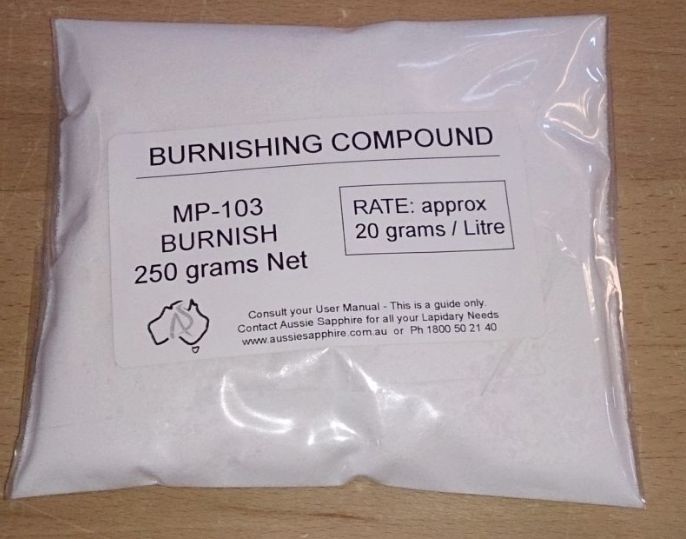Tumblers are one of our most popular sellers and it is no wonder – these little machines are really versatile. Apart from polishing rocks, they are commonly used to polish metal including gold and silver jewellery. We get a lot of questions about this subject so thought we’d do a quick article with some links to further reading for you.
No matter how you create your jewellery piece, the final step for anyone is polishing it up so it looks great. While you can do this by hand, a much more efficient method is to use a tumbler. There is a whole range of polishing media which can be used in a tumbler, but when chosen properly, it is a great way to get a fantastic overall polish.
WHAT TYPE OF TUMBLER?
Both rotary and vibratory tumblers can be used for this job and as with rock tumbling, the vibratory types tend to work faster than the rotary but are more expensive. Even though vibe tumblers tend to be a little faster, keep in mind that metal polishing is a relatively fast process so the difference is not as extreme as comparing the two types for rock tumbling. When choosing a tumbler, consider how much capacity you need in a tumbler.
We find that the 3A Lortone tumbler is a great choice for most people and being one of the cheaper, good quality tumblers around, allows you to get set up at very reasonable cost.
WHAT MEDIA IS NEEDED?
There is a whole range of different media which can be used for this job and the choice can be confusing. We find that most experts recommend stainless steel shot which is an excellent burnishing media – mixed shape shot is most efficient at polishing all parts of the jewellery piece. Carbon steel shot is cheaper but you need to take more care to prevent rust. Remember that stainless steel shot CAN rust if stored incorrectly – do not store in a sealed container when still damp – dry off completely or store under water if using a sealed container for storage.
The other item you will need is some kind of burnishing soap – you will find many American sites recommending things like Dawn detergent or Ivory soap flakes. The basic story is that you need a degreasing detergent without any other additives. We sell MP103 burnishing compound which is used for the same purpose – supplied in powdered form but is a soap based product which slightly foams up and assists the burnishing action of the shot. You can experiment with other soaps/detergents but perhaps best to use “sacrifice” pieces when trying something new in case something goes wrong.
Note that the rubber barrels of the Lortone and similar tumblers can be damaged by inappropriate burnishing compound so please be cautious when trying new things. For example, Rumble Bright which is a popular compound is not compatible with rubber barrels and is recommended for the hard plastic bowls of vibratory tumblers instead.
INSTRUCTIONS:
The amount of shot required will depend a little on how much jewellery you are intending to polish. Most methods will suggest adding enough stainless steel shot to fill about a third of the barrel – this might be around 500 to 1000 grams adjust as required depending on your needs. Dont use too much as it might overload the tumbler and the polishing process will not be as efficient.
Add about a tablespoon of burnishing compound (approx 10-15g/L water) or a good squirt of a suitable detergent and then just cover the barrel contents with water. You may need to experiment with the best ratios of shot, water and soap to suit your job. Tumble for a while – how long? Again, you may need to do some trial and error to get this right but it might range from about half an hour up to a few hours depending on the initial condition of the pieces. Best to check frequently at first so you dont run the batch too long until you get some experience.
If you tumble too long, you risk blackening your pieces – this happens when the water can no longer “hold” what you have taken off the pieces you are cleaning/polishing. You need to stop tumbling before that point – if the pieces need more time, refresh the load with clean water and new burnishing compound. Therefore, it is best to check often until you get a feel for how long it normally takes.
WARNINGS – WHAT NOT TO DO!
Obviously this method is not suitable for absolutely everything so dont just chuck it all in without some thought first. Jewellery that is set with gems should be treated with care – some may still be able to be tumbled but any stones which are likely to be particularly soft, brittle or fragile might be better hand polished. Likewise, stones that are glued (eg. opal doublets/triplets), heavily treated (such as resin infused emeralds) or composite stones such as some types of turquoise are risky to put in a tumbler.
FURTHER READING
There are quite a few articles and tutorials out there on the web dealing with this subject but I’m only going to point to a few websites. These articles are extremely detailed and provides all the answers you are likely to need so definitely check it out:
- Urban Maille – How to Tumble Polish Jewelry
- Hodgepodgerie – Tumble Polishing
- Hodgepodgerie – Questions and Answers
Lots of other information out there but these guys practice what they preach and have plenty of experience. Polishing silver or other metals in a tumbler is normally really easy but things can go wrong occasionally – check this article on Tumbler Barrel Contamination for some good trouble-shooting info.
Cheers for now – remember if we can help with any advice, feel free to enquire any time.

